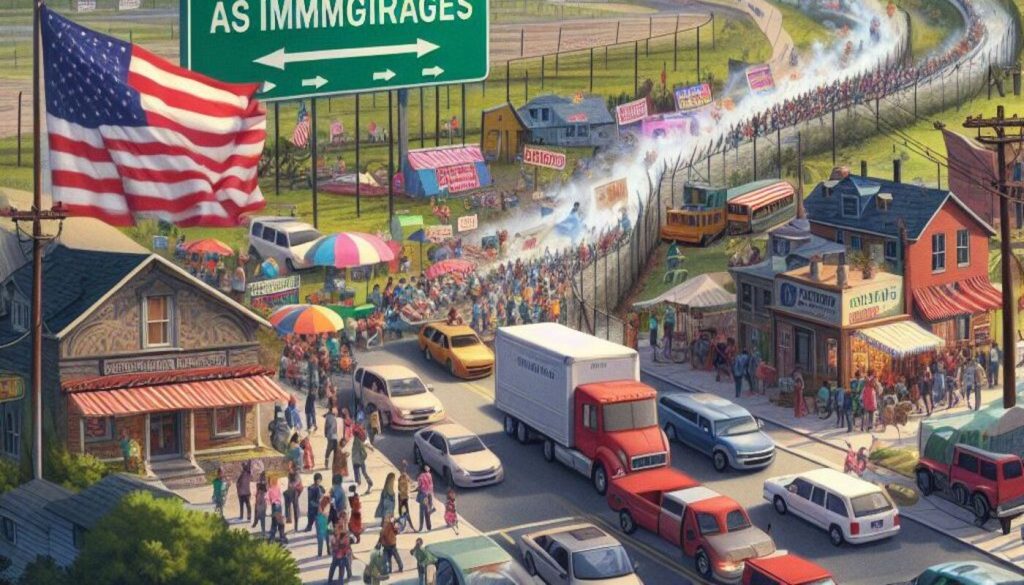The Congressional Budget Office (CBO) has revealed projections indicating a substantial increase in immigration to the United States, extending until 2026, and its far-reaching implications on the nation’s economic landscape. The surge, which commenced in 2022, is poised to influence the workforce, economic growth, and the housing sector.
According to the CBO, the ongoing rise in net immigration is set to bolster the labor force, introducing a younger demographic predominantly in their prime working years. This surge is anticipated to counteract the diminishing labor force participation resulting from an aging population, leading to a measured expansion in the workforce until 2026.
The economic ramifications are significant, with the CBO estimating an annual addition of 0.2 percentage points to the real Gross Domestic Product (GDP) growth rate between 2024 and 2034. This correlates to an expected 2% increase in real GDP by 2034 compared to a scenario without substantial immigration growth.
While the report acknowledges potential downward pressure on average real wages, especially in lower-wage sectors initially occupied by new immigrants, it foresees a long-term positive impact on productivity. Approximately 2% of the additional immigrants are projected to be highly skilled workers in STEM fields, contributing to innovation and boosting total factor productivity.
The surge in immigration is also expected to stimulate demand for housing, resulting in a significant rise in residential investment. The CBO predicts annual growth in real residential investment to peak at 10.8% in 2025 and 2026, driven by factors such as declining mortgage interest rates and increased housing needs.
Revised population projections by the CBO reflect an increase of 7.4 million people in the civilian population aged 16 or older by 2033, primarily attributed to immigration. The labor force participation rate is also revised upwards due to the influx of individuals in the prime working age group.
As immigration takes center stage in the 2024 US presidential election, the CBO’s findings provide a comprehensive overview of the potential impact of immigration on the economy, labor market, and housing sector. The ongoing debate surrounding immigration policies, including proposed changes to legal migration, underscores its significance in shaping the nation’s future.
Source: MSN
















